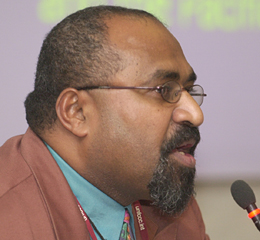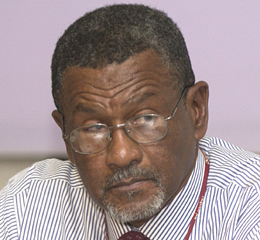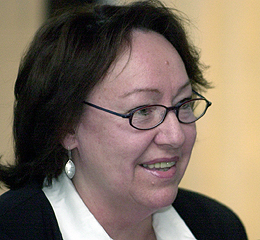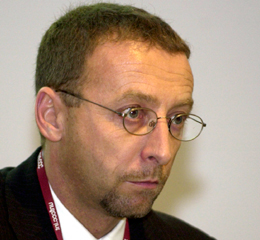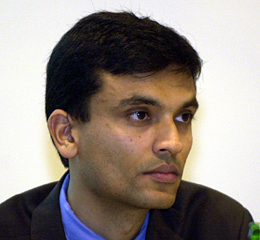Simon Upton, Organization for Economic Co-Operation and Development (OECD), emphasized that the transport sector is one of largest contributors to emissions growth and is a sector that should be prioritized in emission mitigation activities.
Addressing technological fixes to reduce transport emissions, Emil Frankel, US Department of Transportation, explained that people want the mobility and flexibility that automobiles provide. He highlighted the role of government intervention, especially in funding research and development.
Jonathan Pershing, World Resources Institute, noted the importance of fuel prices in considering transport emissions reductions, and stated that technologies to reduce transport emissions exist but are not being fully utilized.
Hermann Meyer, European Automobile Manufacturers Association, highlighted the technological potential for increasing fuel efficiency, and underscored the need to alter driving behavior to reduce emissions, and focus on fuel quality, alternative fuels such as hydrogen, and least-cost approaches.
Masayuki Sasamouchi, Toyota, noted that when developing new technologies, there is a need to balance between economic and ecological demands.
Noting the existence of technologies to reduce transport emissions, Charles Nicholson, British Petroleum, identified the need for political and societal acceptance of the technologies, and for incentives to implement them.
Wei Zhihong, Tsinghua University, noted that China lacks the capacity to produce compressed natural gas engines and therefore must import the engines. He stated that the Clean Development Mechanism (CDM) is important for raising funds for developing clean fuel in China.
Prodipto Ghosh, Ministry of Environment and Forests of India, highlighted the importance of incentive-based policies in India. He recommended taking a holistic view, and suggested telecommuting and videoconferencing to reduce transport emissions.
Jeff Passmore, Iogen Energy, recommended considering energy conservation from a tax perspective, and examining vehicles and fuels in complementary ways in order to achieve greenhouse gas reductions.
Margot Wallstršm, Commissioner for the Environment of the European Commission, underscored the importance of financial and economic incentives to change lifestyles in a way that will reverse transport emissions trends.
Martina Priebe, Air Transport Action Group, noted that operational measures such as satellite technology to address costs and delays in the transport sector can also reduce transport emissions.
Addressing lifestyle fixes, Werner Bršg, Socialdata, explained the difference between "hard policies" which provide transportation alternatives and "soft policies" which aim to change individual's mindsets about transportation. He emphasized that soft policies are cheaper and faster to implement.
Magnus Nilsson, European Federation for Transport and Environment, underscored the importance of changing existing fiscal and legal frameworks to allow people to act in ways that would reduce transport emissions.
Bjšrn Stigson, World Business Council for Sustainable Development, noted the challenges of influencing consumer behavior, since individuals often say they would prefer green products but do not necessarily buy them.
Petra Mollet, International Association of Public Transport, explained that the public transportation sector needs to make the transportation system more attractive and flexible so that people have better choices.
Edward Helme, Center for Clean Air Policy, underscored the need for people to have transportation options, and highlighted the importance of developing better land-use structures in cities.
Discussion: Participants discussed the importance of consumer demands when developing regulation, how competition among companies can be more effective than regulation, and how information technologies can reduce transport emissions.





